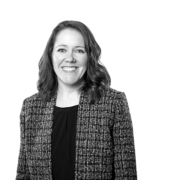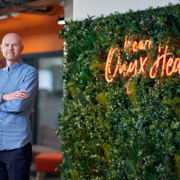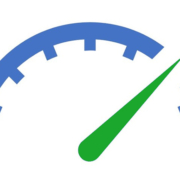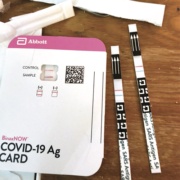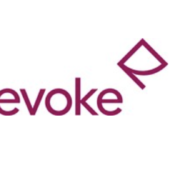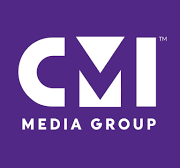Optimizing the sales team
Optimizing the sales team
By Christopher Savage
Many things have changed in brand representation over the course of the past few years and these changes will continue to accelerate as we move forward. What hasn’t changed is the necessity to provide HCPs with the information and support on which to base adoption, and to do so with the personalization required to build relationships over time. However, now we need to do so at the time, and via the engagement channel of preference. This is a true challenge; one requiring organizational agility, omnichannel resources, and a digital skill set many sales rep teams still lack.
There are a number of things we should look to address in optimizing our sales rep teams within this evolving environment. First of all, we need to arm our reps with the requisite skill sets to drive omnichannel engagement. Our rep teams now need to function within a hybrid model where they can educate and support their HCP targets in person, and via remote and digital engagements. This is not a given evolution. Reps who were stars at in-person engagement may not be as comfortable or effective in a video chat or remote call. Therefore, organizations need to assess the capabilities of their existing sales teams and make the necessary adjustments. If existing reps are willing to acquire the requisite digital skills and technical proficiency to function in a hybrid role, organizations need to train on how and when to best engage along with the nuances of each channel. Recruiting, hiring, and training new personnel should be based on these same criteria. We are finding that it is best to have reps with the right “will” to succeed in this environment, as the necessary skills can be taught.
Working within this omnichannel model can only be effective when it is supported with high quality, well integrated data and analytics to drive personalized messaging. However, this is not a once-and-done proposition. The channels and messaging must be constantly reviewed and adjusted based on each subsequent engagement. There will be instances where leveraging digital outreach will be most effective, and for others, a human-based interaction or a mix of the two will be preferable. Engagement tactics can also change based on where the brand sits in its lifecycle, where the HCP resides in terms of adoption, or the HCP’s preference for how to engage. Organizations must be prepared to flex their outreach to match volume and type of engagement. They need to move from education to sales to service and back. The territory footprint will likely also change over time. Structuring an agile sales organization to meet these various scenarios is paramount to success and will require considerable organizational support and integration of departmental resources to maximize results.
The nature of brands being developed is another significant factor impacting how we optimize sales rep teams. The brands of today, and those in development, are treating rare and orphan diseases as well as other highly specialized conditions. This means that having a national sales team calling weekly on physician offices for a brand where a physician might only see a few patients a year, is wasting resources. We need to leverage digital and remote interactions to drive these types of engagements and then deploy the appropriate MSL, sales rep or service rep resources at the appropriate time to address specific needs. Again, this is not a one-size-fits-all scenario, as each model must be based on individual HCPs and their respective patient population. This turning on and off of resources is a true challenge to be addressed, and may be particularly difficult for organizations with small portfolios who may need to mix internal and outsourced resources to optimize efficiency.
Ecosystem versus traditional deployment is another model emerging to best optimize HCP-facing resources within omnichannel engagement. In this scenario, the standard, siloed territory staffed by the independent teams of field and inside sales, clinical educators and medical science liaisons (MSLs) is replaced with a regional territory under the direction of an empowered regional lead who oversees an integrated engagement model. Here advanced analytics drive all outreach under the direction of this regional lead who then oversees MSLs, field reimbursement managers, clinical educators, field sales reps, key account managers and an omni-deployment specialist who can handle white space and remote sales calls as well as administrative functions needed to keep the sales model functioning smoothly. By putting all these HCP-facing resources under one regional lead, we can optimize resource allocation and control the approved messaging being delivered to best meet the needs of the region. In addition to focusing on the specific characteristics of the region across all touchpoints, this model allows a much-needed agility to address the continual competitive, payer and other changes within regions as they occur.
Thinking creatively, and implementing strategically, will be key to the success of all sales organizations as we continue our evolution to best drive physician engagement.
Christopher Savage is senior VP, global strategy, global marketing, and North American sales, Ashfield Engage, an Inizio company.


